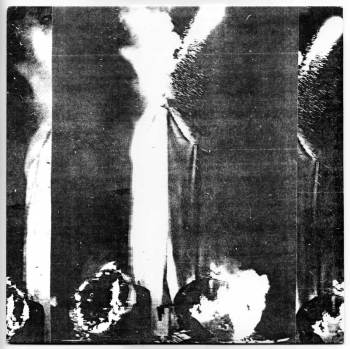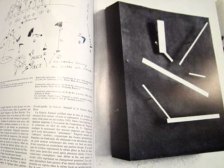This disc pairs two compositions for special harps in 16th tones intervals, known as arpa citera, inspired by Mexican microtonal composer Julián Carrillo (1875-1965). While until the 1920s, Carrillo composed traditional, so to speak, atonal music, after this date, starting with Preludio a Colón, in 1922, he dedicated himself to compose exclusively in microintervals, a goal he pursued until his death in 1965. Carrillo divided the octave into various number of notes, from 16 to as much as 96 intervals for what is known as his Sonido 13 (“Sonido trece”) system, or the thirteenth tone. Between 1926 and the 1950s, Carrillo conceived several models of microtonal pianos and harps, but they weren’t build until 1958 when fifteen Sonido 13 pianos were exhibited during the Brussels World Fair in Belgium.
 ♫ The pair of arpa citera used on this disc were presumably build around 1973 by Carrillo’s last students and disciples David Espejo Aviles and Oscar Vargas Leal, who also composed the two works recorded here. These vertical harps can play 400 notes with very short intervals. In addition to the strangeness of the tuning, the musicians use a lot of ascending and descending glissandos, decaying tones and, of course, the sounds of the 2 harps also create harmonics and unusual intervals. This eerie and out-of-this-world music will be familiar to people already accustomed to Ivan Wychnegradsky or Alois Hába.
♫ The pair of arpa citera used on this disc were presumably build around 1973 by Carrillo’s last students and disciples David Espejo Aviles and Oscar Vargas Leal, who also composed the two works recorded here. These vertical harps can play 400 notes with very short intervals. In addition to the strangeness of the tuning, the musicians use a lot of ascending and descending glissandos, decaying tones and, of course, the sounds of the 2 harps also create harmonics and unusual intervals. This eerie and out-of-this-world music will be familiar to people already accustomed to Ivan Wychnegradsky or Alois Hába.
01 Cometa 1973 (11:05)
02 Cromometrofonia N°1 (11:00)
Total time 22:05
LP released by Discos PAX, Mexico, [1973?]
* *
*































